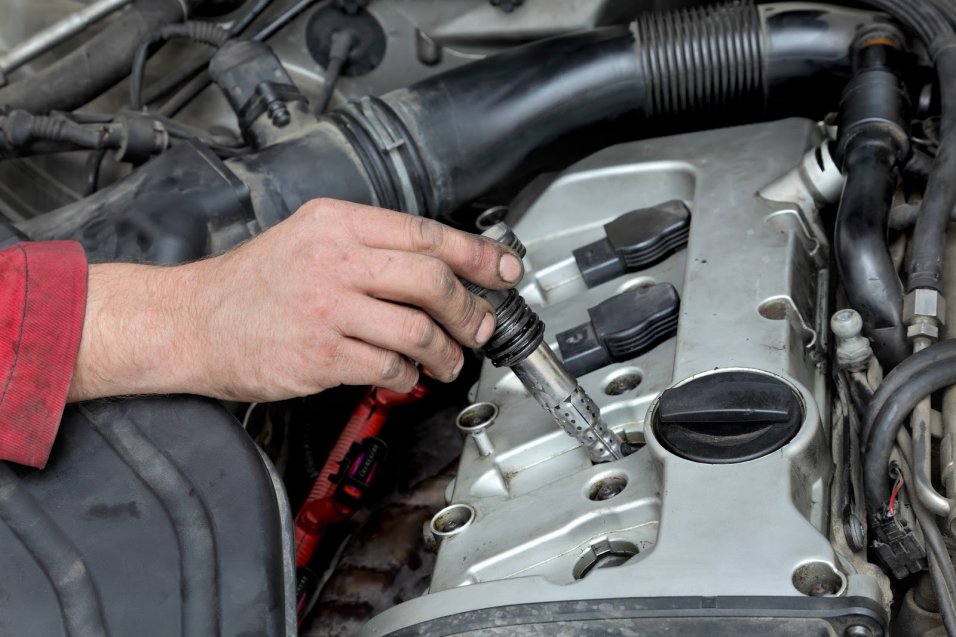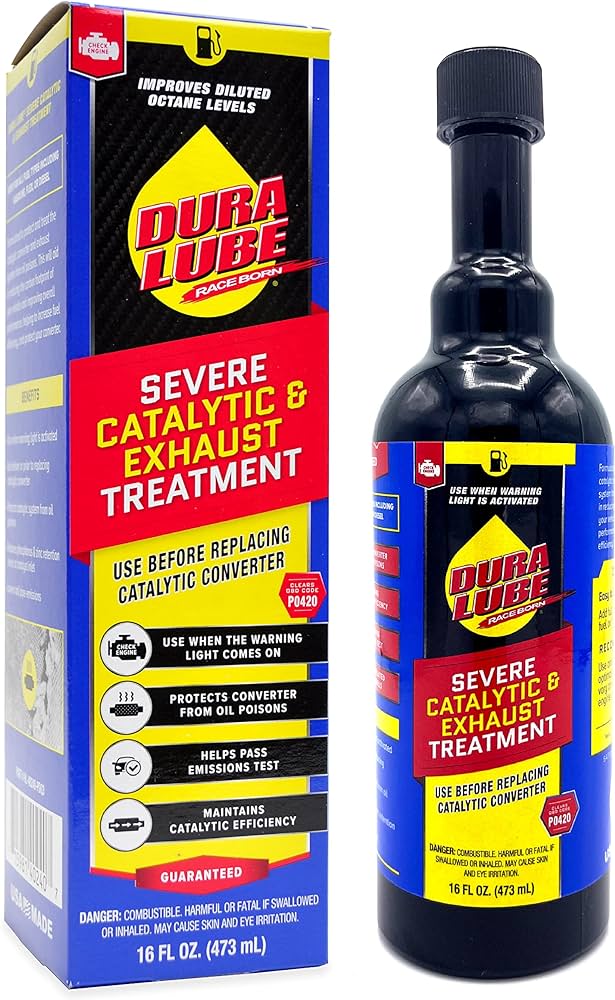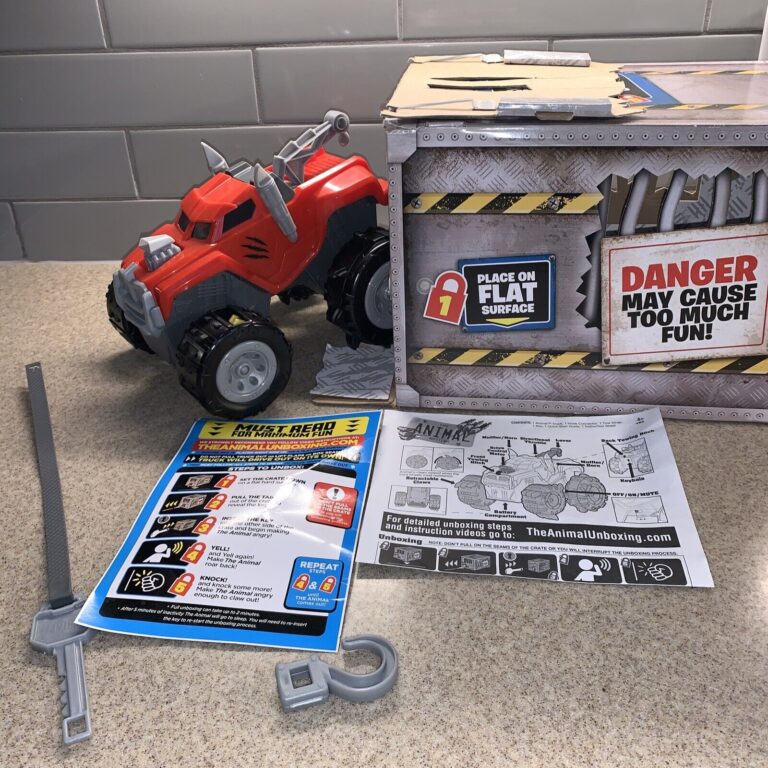How Does Catalytic Converter Go Bad: Common Causes & Solutions
The catalytic converter goes bad due to a range of issues, such as clogging and contamination. When the converter gets clogged, exhaust gases are unable to flow freely, resulting in poor performance and increased emissions.
Contamination can occur from a variety of sources, including fuel additives and engine oil leaks, leading to reduced effectiveness of the catalytic converter in reducing harmful emissions. It is important to address any issues promptly to prevent further damage to the catalytic converter and ensure the vehicle remains environmentally friendly.
Overheating
When it comes to a catalytic converter, overheating can be a major issue that causes it to go bad. Excessive heat from the engine can lead to serious damage and reduce the lifespan of the converter. Several factors can contribute to this problem, including ignition timing issues and fuel mixture imbalance.
Ignition timing issues occur when the spark plugs ignite the fuel at the wrong time. This can cause the engine to run hotter than usual, putting additional strain on the catalytic converter. Similarly, a fuel mixture imbalance, where the ratio of air to fuel is not optimal, can lead to higher temperatures and potential overheating.
It is important to address these issues promptly to prevent further damage to the catalytic converter. Regular maintenance of the ignition system and ensuring a proper fuel mixture can help extend the life of the converter and ensure your vehicle runs efficiently.
Contamination
A catalytic converter can go bad due to contamination. Carbon buildup is a common issue that can affect the performance of the converter. It occurs when incomplete combustion causes carbon to accumulate on the surface of the catalyst. This buildup restricts the flow of exhaust gases and reduces the converter’s efficiency. Another cause of contamination is oil or coolant leaks. If these substances enter the exhaust system, they can coat the catalyst and prevent it from functioning properly. Fuel additives or contaminants can also be problematic. Using low-quality fuel or additives that contain substances like silicon or lead can damage the catalyst over time. It’s essential to inspect and clean the catalytic converter regularly to prevent contamination and ensure optimal performance.
Physical Damage
Physical Damage:
Physical damage is one of the leading causes of catalytic converter failure. Collisions or impacts can dent or crack the converter housing, which can disrupt the internal components and lead to poor performance or complete failure. Additionally, rust or corrosion can eat away at the converter, causing it to weaken or develop holes. This is particularly common in areas with harsh weather conditions or where road salt is used. Vibrations or rough road conditions can also contribute to physical damage over time, causing parts to loosen or detach.
Check Engine Light
Check Engine Light:
A common indication that your catalytic converter may be going bad is when the check engine light comes on. This warning light should never be ignored, as it could be triggered by a variety of issues, including problems with the catalytic converter.
Diagnostic Trouble Codes:
When a mechanic or technician scans your vehicle’s system, they may find diagnostic trouble codes related to the catalytic converter. These codes can be helpful in pinpointing the specific issue and determining if the catalytic converter is the culprit.
O2 Sensor Errors:
Another clue that your catalytic converter is going bad is the presence of O2 sensor errors. The oxygen sensors play a crucial role in monitoring the efficiency of the catalytic converter. If these sensors detect issues, it could indicate a problem with the converter.
Reduced Engine Performance
The catalytic converter plays a crucial role in ensuring the efficient operation of your vehicle’s engine. Over time, however, it can deteriorate and go bad, causing a variety of issues. One of the most common signs of a failing catalytic converter is a loss of power. You may notice that your engine seems sluggish and struggles to accelerate. This can be attributed to the converter’s decreased ability to effectively convert harmful emissions into less harmful compounds.
Additionally, a failing catalytic converter can also lead to decreased acceleration. You may find that your vehicle lacks the same level of responsiveness and takes longer to reach higher speeds. This can negatively impact both the performance and overall driving experience.
Poor fuel efficiency is another indicator of a bad catalytic converter. When the converter is no longer functioning properly, it can disrupt the combustion process, resulting in poorer fuel economy. You may notice that you are needing to fill up your tank more frequently, despite driving the same distances.
Strange Noises
Strange noises coming from your vehicle can be an indication that your catalytic converter is going bad. One common type of noise is a rattling or clanking sound. This could be caused by a broken or loose catalytic converter substrate, which is the part responsible for reducing emissions. Another noise to watch out for is a hissing sound, which could indicate an exhaust leak near the catalytic converter. This leak can lead to reduced catalytic converter efficiency and potentially cause it to go bad over time.
Repair Or Replacement
When your catalytic converter goes bad, you may be faced with the decision of whether to repair or replace it. Professional repair services can be a great option if you are not familiar with the inner workings of your vehicle. These professionals have the knowledge and expertise to diagnose and fix any issues with your catalytic converter. However, it is important to consider the cost of these services. A professional repair can be quite expensive, especially when compared to do-it-yourself (DIY) options. If you are on a tight budget, DIY replacement is worth considering. There are plenty of online tutorials and resources available to guide you through the process. Keep in mind, however, that DIY replacement does require a certain level of mechanical knowledge and the right tools. Ultimately, the decision to repair or replace your catalytic converter will depend on your budget and skill level.

Credit: www.ymfcarparts.co.uk
Preventive Maintenance
Preventive Maintenance
Catalytic converters play a crucial role in reducing harmful emissions from vehicles. To ensure their optimal functionality and prevent them from going bad, regular engine tune-ups are essential. This includes checking and replacing spark plugs, air filters, and oxygen sensors as needed. Periodic inspections and cleaning of the catalytic converter can help remove any deposits or debris that may hinder its performance. It is also important to avoid contaminated fuel sources, as impurities in the fuel can lead to clogging or damaging of the converter. Regularly checking for fuel leaks and using high-quality fuel can help prolong the lifespan of the catalytic converter. By following these preventive maintenance measures, you can maintain the efficiency and longevity of your vehicle’s catalytic converter, reducing emissions and enhancing overall performance.
Legal Alternatives
Legal Alternatives
Aftermarket catalytic converters: Aftermarket catalytic converters are a popular option among car owners looking to replace a faulty or damaged catalytic converter. These converters are designed to meet the same performance standards as the original equipment manufacturer (OEM) converters and are often more affordable. It’s important to ensure that the aftermarket converter you choose is certified by the Environmental Protection Agency (EPA).
Catalytic converter delete pipes: Another alternative to consider is the use of catalytic converter delete pipes. These pipes enable the removal of the catalytic converter from the vehicle’s exhaust system altogether. However, it’s important to note that using delete pipes may not be legal in some states due to strict emissions regulations. Additionally, removing the catalytic converter can negatively impact the vehicle’s emissions and may result in decreased fuel efficiency.
Legal implications and regulations: It’s crucial to be aware of the legal implications and regulations surrounding the use of aftermarket catalytic converters and catalytic converter delete pipes. If the replacement converter or delete pipe does not meet specific legal requirements, you may face fines or other consequences. Before making any modifications to your exhaust system, consult with a professional or research the laws and regulations specific to your location.
Frequently Asked Questions For How Does Catalytic Converter Go Bad
How Does A Catalytic Converter Go Bad?
A catalytic converter can go bad due to factors such as age, rust, overheating, or chemical reactions with engine contaminants. Over time, the catalyst inside the converter can become coated or damaged, leading to reduced efficiency and increased emissions. Regular maintenance and addressing underlying issues can help prevent converter failure.
What Are The Signs Of A Failing Catalytic Converter?
Signs of a failing catalytic converter include reduced engine performance, increased fuel consumption, illuminated check engine light, sulfur smell from exhaust, and failed emission tests. If you notice any of these symptoms, it is recommended to seek professional assistance to diagnose and repair the issue promptly.
How Long Does A Catalytic Converter Usually Last?
The lifespan of a catalytic converter can vary depending on various factors such as driving conditions and maintenance. In general, a well-maintained catalytic converter can last up to 10 years or even longer. However, factors such as poor engine performance, fuel quality, or exposure to contaminants can shorten its lifespan.
Regular inspections can help identify potential issues early on.
Conclusion
It’s crucial to be aware of the signs and causes of catalytic converter failure to prevent expensive repairs. Regular maintenance, avoiding driving with a misfiring engine, and using the correct fuel can help extend the lifespan of your catalytic converter.
Remember, a well-functioning converter not only benefits the environment but also ensures optimal engine performance. Stay proactive, and take necessary steps to keep your catalytic converter in good shape.







